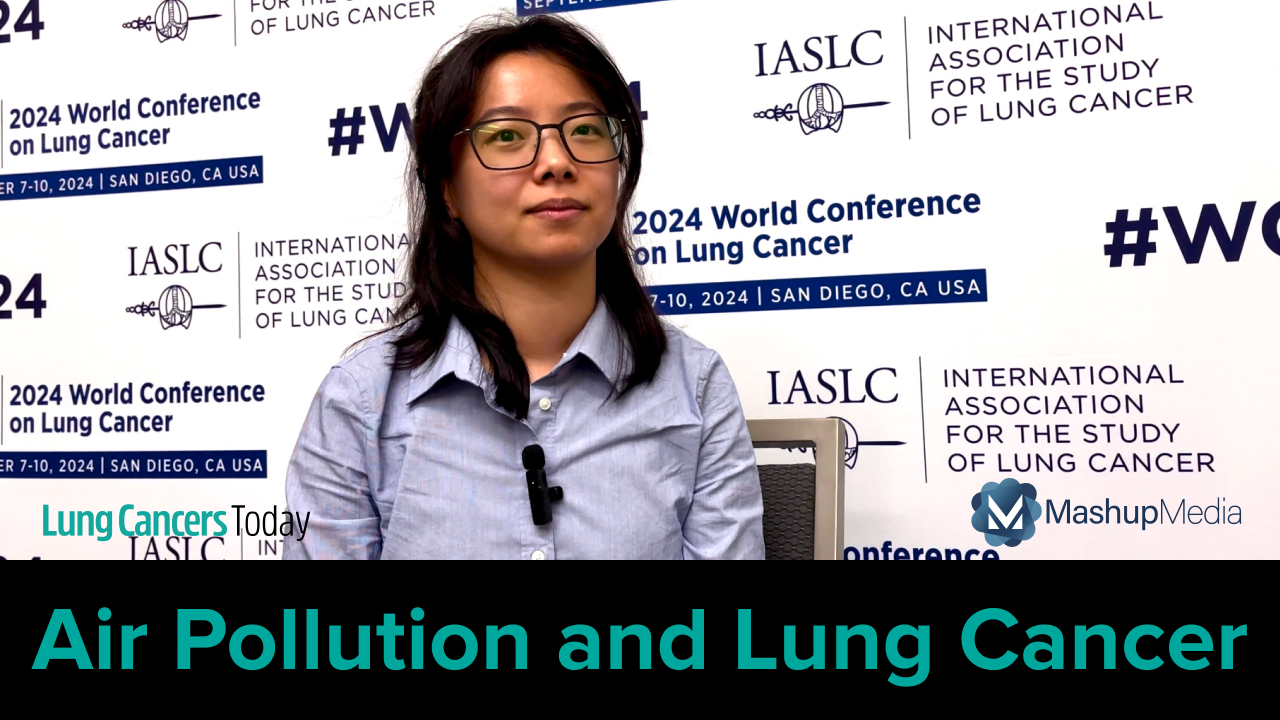Dr. Merritt on the Prognostic Value of SUVmax Change in the LCMC3 Study
By Robert E. Merritt, MD, MBA, FACS, Cecilia Brown - Last Updated: October 2, 2024Robert E. Merritt, MD, MBA, FACS, of The James Comprehensive Cancer Center and The Ohio State University Wexner Medical Center, joined Lung Cancers Today at the IASLC 2024 World Conference on Lung Cancer to discuss his abstract titled “LCMC3: Clinical Utility of SUVmax on Preoperative 18F-FDG PET-CT in Resectable NSCLC Treated with Neoadjuvant Atezolizumab.”
“The rationale for the study really centers around [asking]: how can we predict which patients will have a major pathologic response after receiving neoadjuvant immunotherapy prior to surgery? It’s very difficult to predict the degree of response to neoadjuvant immunotherapy,” Dr. Merritt explained. “One thought that I had was maybe we can look at the decrease in the SUVmax of a PET scan that was performed before and after immunotherapy.”
This led Dr. Merritt to analyze the phase 2 LCMC3 study to address the question. He described what the analysis showed about the clinical utility of SUVmax in this context.
“The patients who had a decrease in the SUVmax value for their PET scan after the atezolizumab treatment, it correlated with an increased rate of major pathologic response,” he said. “Of all the patients who had a decrease in the SUVmax with their primary tumor, 23% of those patients had a major pathologic response; compared to the patients who had no decrease in their SUVmax value after atezolizumab therapy, only 2% of those patients had a major pathologic response.”
Dr. Merritt explained the implications of these findings and how they could be applied in practice and future research.
“Based on these findings, we were able to determine that a decrease in SUVmax in a post-treatment PET-CT scan may be predictive of a major pathologic response and may be a noninvasive way of determining whether or not patients had a response to preoperative immunotherapy,” he said.
This study also opens avenues and questions for future study, including evaluating if PD-L1 expression correlates with SUVmax. Dr. Merritt concluded by reflecting on the clinical implications and applications of the research and how SUVmax could potentially be used to shape decisions about treatment and surgery.
“Using the SUVmax decrease may provide a clinical correlate that we can use to determine whether or not patients need additional immunotherapy after surgery or in some cases if they even need surgery at all, if they have a very significant decrease in their SUVmax,” he said.







 © 2025 Mashup Media, LLC, a Formedics Property. All Rights Reserved.
© 2025 Mashup Media, LLC, a Formedics Property. All Rights Reserved.